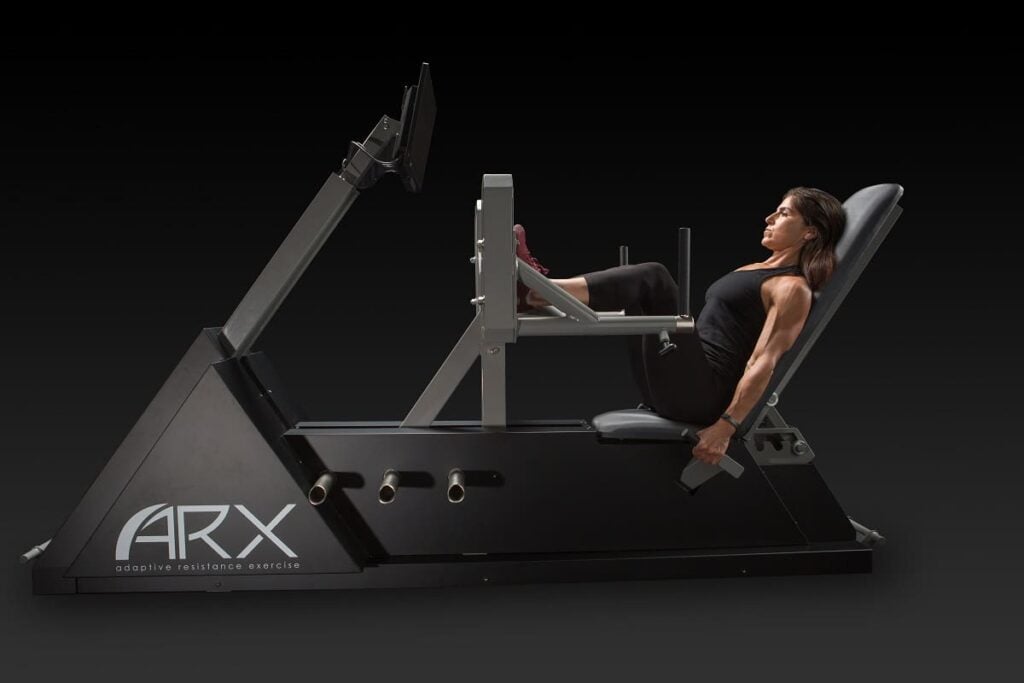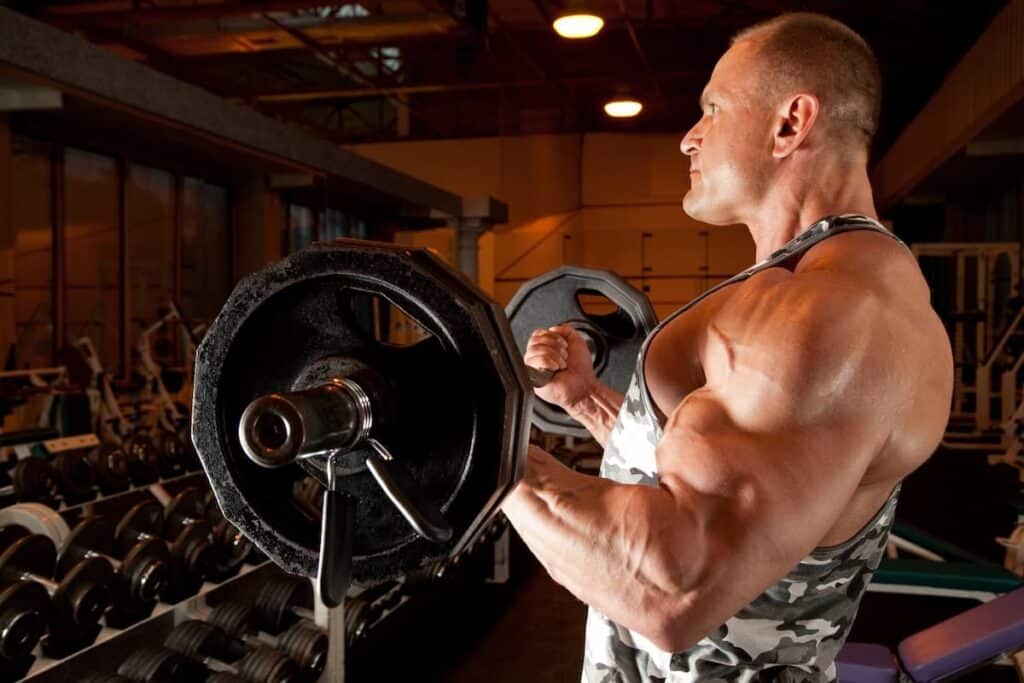11 Startups Weaving Smart Clothes for Athletes
Table of contents

While market size estimates are largely as useless as some of the MBAs that produce them, there seems to be a general consensus that the global apparel market is worth about $3 trillion. This means that if the fashion industry was a country, it would rank #10 in terms of GDP globally, even above the UK. This is a large enough industry to provide ample opportunities for disruption at multiple stages of the value chain. The 2018 edition of State of Fashion, a joint annual report from McKinsey and The Business of Fashion, lists digitization, AI (remember our AI in fashion article?), “startup thinking”, and the Asians as themes that will shape fashion this year. Trends show consumers are looking for a connected experience, not only in the actual purchasing process, but also in the product as well. If your shirt can’t tell everyone on Facebook how much you exercised today, just what good is it?
Textiles are an early step in the apparel value chain where disruptive technology can easily enter the equation and have maximum impact. There seem to be two main technological directions which textile manufacturers are taking: nanofabrics and smart fabrics (called connected or e-fabrics as well). Nanofabrics are created using nanotechnology to give materials new properties (remember Bolt Threads?) while smart fabrics use embedded digital technology. We’ve talked before about how sports technology is big business, so in this article, we’ll be examining 11 startups innovating in the field of smart clothing and accessories for athletes.
Athos

Prices start from $348 for a pair of shorts so the product isn’t cheap, however, the nation’s top sports performance institutes are paying Athos for technology like this that provides invaluable data for squeezing out extra drops of performance from the world’s top-performing athletes. Athos works with all kinds of household names in sports and they’re also swiftly expanding into the more than 36,000 high schools across the USA.
Hexoskin

The key selling point is the breadth and depth of metrics provided which, besides supporting your morning run, can even allow healthcare researchers to use it for clinical development projects or astronauts to use it in space. In order to get up and running, you’ll need to shell out $399 for the full kit.
Lumo Bodytech

The team also developed Lumo Lift based on their sensor technology, which is a tiny posture coach you can apply under your shirt near the collarbone. It improves standing and sitting posture by gently vibrating when you’re slouching, and reduces back and neck pain. Lumo Lift is selling for around $80 on Amazon and Lumo Run is selling for about $100.
ReTiSense

Use cases include physiotherapy and medical research besides the weekend warrior marathon runner. There are a number of variations of the product, and you can pick up the Strydalyzer MARATHON for about $100 right now on Amazon.
Sensoria
If you can’t be asked to stuff new soles in your favorite running shoes, this next startup might be what you’re looking for. Founded in 2010, Redmond Washington startup Sensoria has taken in $5.6 million so far to develop their smart running socks with sensors and conductive fibers in the textile which relay data to an attached anklet, then your smartphone.
Sensoria also sells tops with heart rate monitors as a complimentary offering, and a developer toolkit if you want to play around with the original functions yourself. Socks and anklet retail at around $199 on Amazon. Seems like a fair amount of the data could be captured with a standard Garmin watch but things like “foot landing” could certainly be useful for all you hardcore runners out there.
Wearable X
Founded in 2013, New York startup Wearable X has raised an undisclosed amount of funding to develop “a fashion tech company that brings together design and technology to create a better quality of life”. True to their motto, they’ve worked on several quite unique projects. Fundawear was a collaborative experiment with Durex that saw the development of vibrating underwear for long-distance couples. Their NAVIGATE jacket functions as a wearable map that helps the wearer reach a destination following LED lighting in the sleeves and haptic feedback (which is vibrations felt by the body in plain talk). Jersey X is a T-shirt for sports fans who can experience another level of involvement by feeling, once again, vibrating feedback based on what’s happening in the game. While these experimental projects are yet to be brought to market, Wearable X currently has a consumer product you can buy called the Nadi X Smart Yoga Pants:
Sensors at the hips, knees, and ankles check and correct yoga postures by gentle vibrations, wearing them feels like you have a personal coach with you throughout the session. The team used machine learning to develop posture definitions and corrections, and the pants have been endorsed by tech and fashion media alike. By the looks of all those media mentions, at least we know their PR firm is effective in getting people to do free work for them.
Lumos
A bicycle helmet is kind of like a hat for cyclists so we thought we’d included this one as a piece of “smart clothing”. Founded in 2015, Lumos received $800,000 in funding to develop a smart bicycle helmet. The idea came from pair of engineers asking themselves how they could improve their own cycling experience and safety on the road. It integrates lights, hard brake, turn signals, and helmet with 48 individual LEDs in the front and back.
Automatic warning lights are controlled by a built-in accelerometer and the Lumos helmet is available for around $199 on Amazon. At least you know you’re being safer for the small price of looking like a complete tool. If you want to blend in a bit more, they make a ‘Lite’ version without the automatic warning lights and turn signals which makes you look like less of a Christmas tree on wheels and retails for around $139.
SUPA
Founded in 2014, New York startup SUPA has taken in $25,000 to create sensorized fabrics which can be used in different apparel categories. They’ve brought to market their own sports bra which features workout tracking with biometric sensors connecting to an analytics app. While other items on this list tend to be simple and understated, SUPA aims to be colorful and uber-cool, so you’ll look as hip as this young thing does:
The core bra+sensor kit is sold for $180 and the company is offering complimentary non-smart fashion apparel as well. They appear to be jumping on the AI bandwagon by claiming it’s “your personal AI”, a term which makes little sense to us but whatever man. This thing just looks really cool and it’s also being offered in “limited editions”.
Komodo Technologies

Detailed analytics come in their app as expected, and with clients like NASA, US Air Force and Oakland Raiders they definitely have street cred. Retail price starts from $129 on their site.
OMsignal

Use cases include healthcare, sports, and wellness for the OMbra and OMshirt starting at $169, which sounds a pretty reasonable price for medical-grade equipment. One of their white papers titled “ECG-Based Human Identification” implies that they’re able to offer up some pretty interesting use cases with this technology which all lives in the cloud so anyone can access it with an appropriate license.
EHO Textiles


Conclusion
In the process of putting together this article, we realized just how many applications there are for technology in the world of fashion and garments. We’re going to be looking at more of these in future articles so stay tuned.
Sign up to our newsletter to get more of our great research delivered straight to your inbox!
Nanalyze Weekly includes useful insights written by our team of underpaid MBAs, research on new disruptive technology stocks flying under the radar, and summaries of our recent research. Always 100% free.























